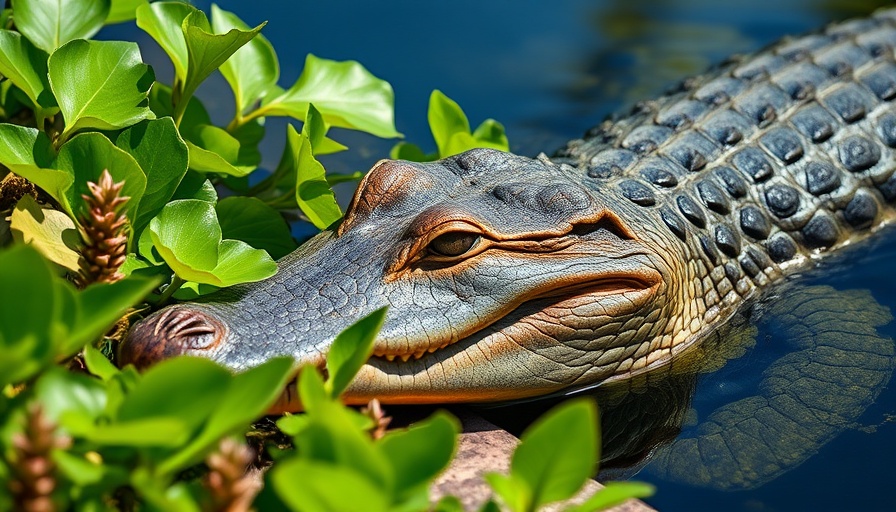
A Tragic Encounter: The First NSW Case of Australian Bat Lyssavirus
In an alarming development, a man in his 50s from northern New South Wales succumbed to the symptoms of Australian bat lyssavirus, marking the first recorded human case in the state. Months prior, he had been bitten by a bat, seeking treatment after the incident. This unfortunate event underscores the critical importance of understanding this rare yet deadly virus.
What Is Australian Bat Lyssavirus?
Australian bat lyssavirus is an incredibly uncommon type of lyssavirus, closely related to rabies. Identified for the first time in 1996 from a fruit bat, it is Australia's only known lyssavirus. The virus can manifest in species including flying foxes, fruit bats, and insect-eating micro-bats. The NSW Health Department emphasizes that while the virus presence in the general bat population is low—less than 0.5%—those dealing with sick or rescued bats face a heightened risk due to higher infection rates.
Transmission and Dangers
The primary method of transmission to humans is through bites or scratches. Prof. Tim Mahony, a veterinary researcher from the University of Queensland, clarified that four human cases have been recorded since the mid-90s, and the dangerous convergence of several factors led to these fatalities. Notably, person-to-person transmission is exceedingly rare, primarily occurring through organ transplants from infected donors.
How Rare Is It Really?
Interestingly, despite thousands of potential exposures to bats, fatal infections remain remarkably rare. The last recognized fatalities before this incident were linked to interactions with bats, such as unsolicited contact, and involved significant time gaps between initial exposure and symptom presentation. Wildlife disease ecologist Dr. Alison Peel points out that low infection rates in healthy bat populations further illustrate the need for caution without inciting undue fear.
Public Health Guidelines and Community Awareness
Following this tragic case, health authorities are urging the community to refrain from handling bats. Instead, local residents should maintain a safe distance and report any sick or injured bats to wildlife authorities. Preventative vaccinations and awareness are their best defenses against this grave public health risk.
Final Thoughts
This incident highlights a unique facet of wildlife interaction in Australia and serves as a reminder of the delicate balance between humans and wildlife. Awareness and education around threats posed by wildlife are crucial for ensuring community safety. As engaging members of the high desert community, sharing insights on these matters fosters a greater appreciation and understanding of our wildlife neighbors.
As we navigate this evolving situation, let’s commit to looking out for each other while safely coexisting with nature. It’s important to continue raising awareness, to stay informed about local wildlife, and to understand the inherent risks of our interactions with these creatures.
 Add Row
Add Row  Add
Add 




Write A Comment